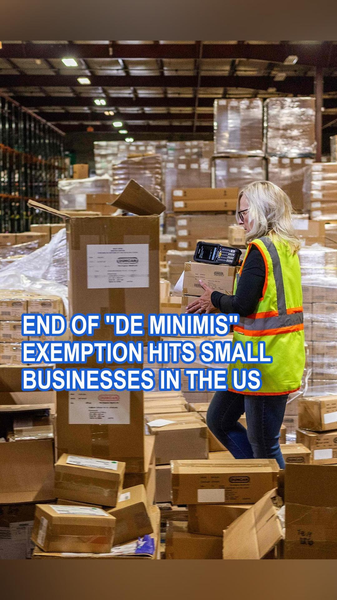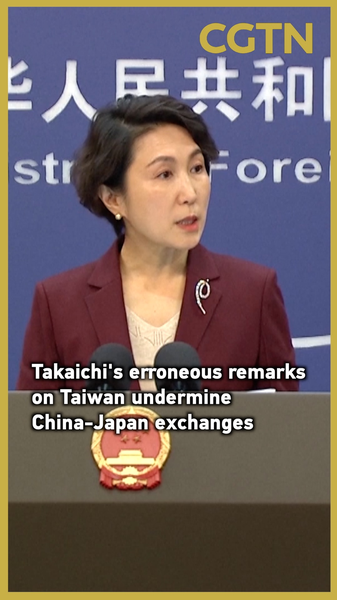Starting August 29, the U.S. will eliminate its $800 “de minimis” exemption, meaning all packages valued at $800 or less and shipped outside the international postal network will face “all applicable duties.” Signed into law by U.S. President Donald Trump on July 30, this policy shift marks a major turning point for cross-border e-commerce.
For digitally savvy entrepreneurs and small business owners around the world, the change is more than a line in the tariff schedule. It threatens to erode razor-thin profit margins, disrupt established supply chains, and force tough decisions about pricing, sourcing, and customer service.
Why It Matters Globally
Many startups and online retailers rely on cost-effective shipments from overseas hubs—from Shenzhen’s manufacturers to European boutiques. Under the old rule, parcels under $800 entered the U.S. duty-free, fueling a boom in micro-imports and global dropshipping. Now, every shipment under that threshold will be taxed, potentially adding 5–20% to the landed cost.
Strategies to Adapt
- Negotiate volume discounts: Bulk orders might help lower per-unit duties.
- Absorb or share costs: Brands could raise prices marginally or ask customers to cover duties.
- Explore nearshoring: Shifting production to regional partners could reduce shipping time and tariffs.
- Leverage technology: Automated duty-calculator tools can simplify cost forecasting at checkout.
“We’ve built our business around affordable international shipments,” says one California-based retailer. “Now we have to rethink everything from supplier contracts to retail prices.”
Analysts predict this move could accelerate manufacturing diversification and boost interest in 3D-printing or localized production among tech-savvy young brands. But in the short term, small importers face uncertainty—and tighter margins.
How are you preparing for the end of the de minimis exemption? Share your strategies and stories with us as the global trade landscape evolves.
Reference(s):
cgtn.com




